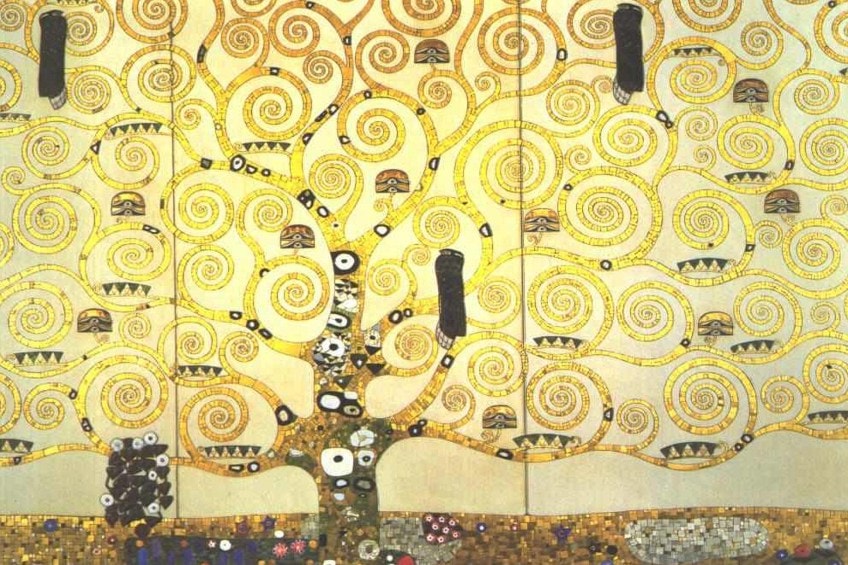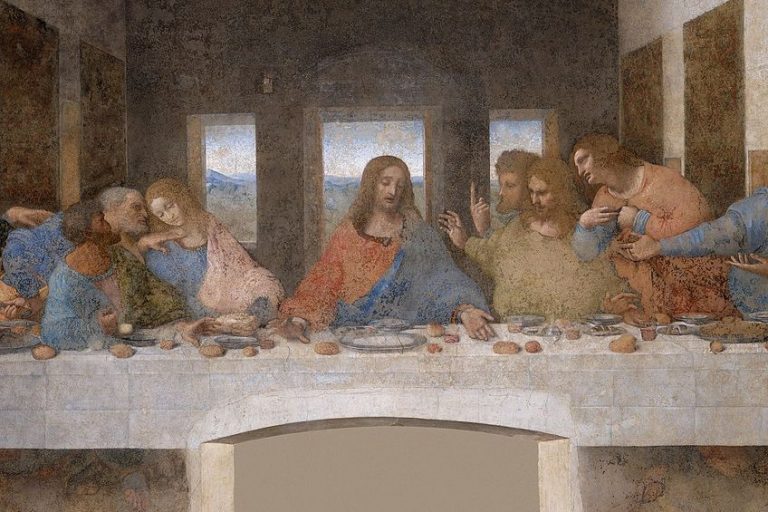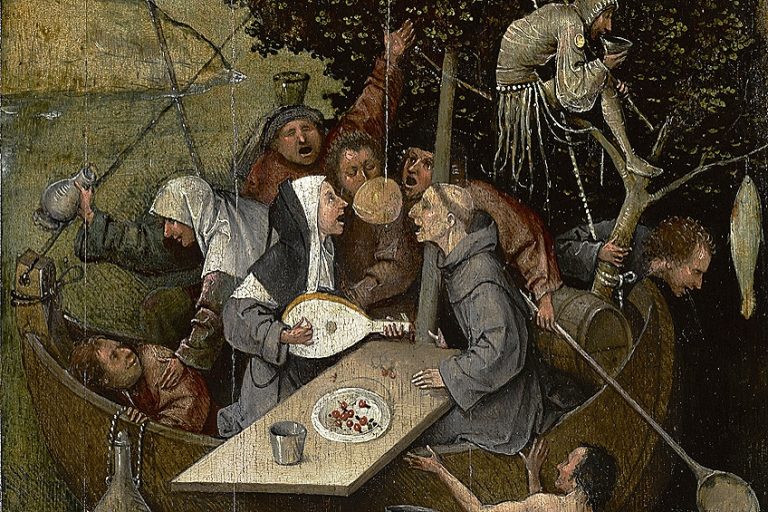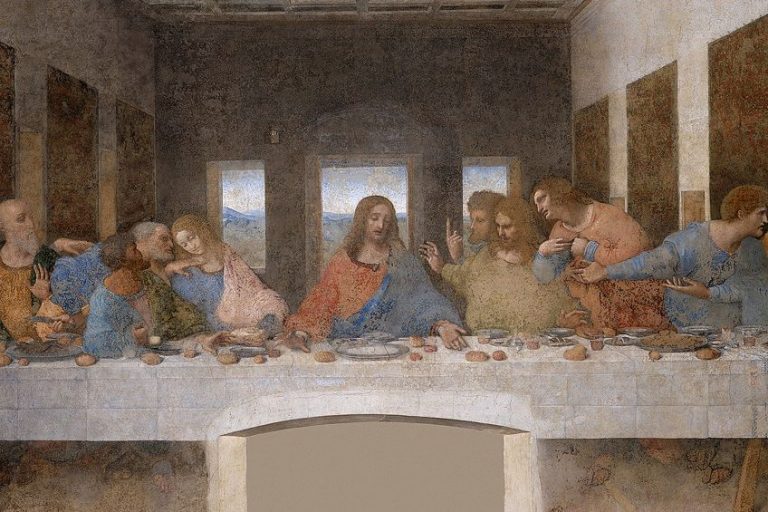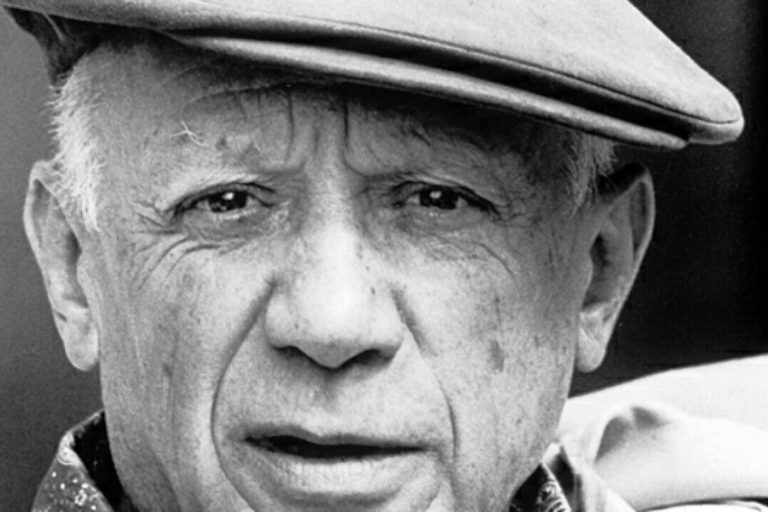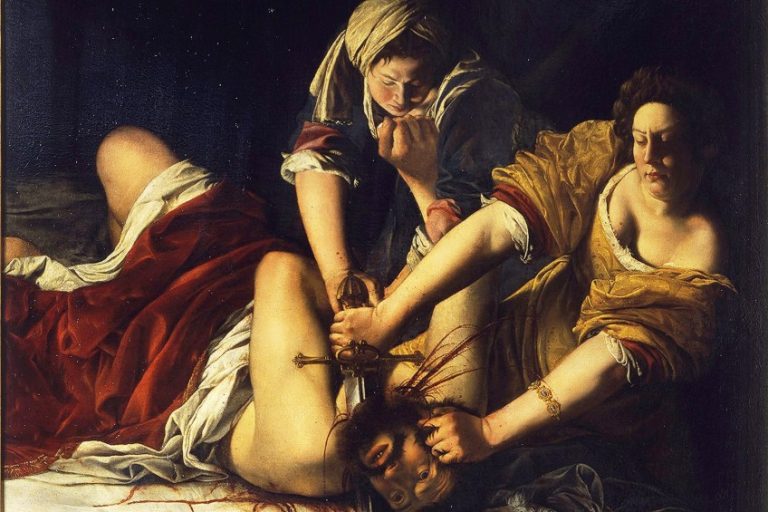“Tree of Life” by Gustav Klimt – Looking at the Famous Stoclet Frieze
The Tree of Life by Gustav Klimt was created during the artist’s Golden Period and is one of his most well-known works from a long and illustrious career. The Tree of Life painting continues the artist’s symbolic approach, employing a theme that may be found in many parts of historical literature, most often depicting life and progress. The intricate embellishments of the tree’s limbs are what make this work so recognizable, and even those who are unfamiliar with most of this artist’s work will recognize the Tree of Life, Stoclet Frieze painting right away.
The Tree of Life by Gustav Klimt
| Date of Completion | 1909 |
| Medium | Oil on Canvas |
| Dimensions | 195 cm x 102 cm |
| Current Location | Museum of Applied Arts, Vienna, Austria |
Tree of Life by Gustav Klimt is one of his most well-known works, along with Water Serpents II, and the Portrait of Adele Bloch-Bauer, among others. Beyond Gustav Klimt, the Tree of Life is a significant topic, since it represents an essential emblem within many religious belief systems. The Tree of Life is used by many religions and cultures to depict how nature’s components are linked to one another in complicated chains and interactive combinations.
The painting also has additional significance for Klimt’s admirers: it is the artist’s sole landscape made during his Golden Period. During this period, Klimt combined oil painting methods with gold paint to produce luxury artworks.

The Artist Gustav Klimt
Gustav Klimt was born in Austria in 1862. Klimt developed an interest in murals and building ceilings as he grew older. Although his sibling decided to become a gold engraver as his father had done, Klimt concentrated on his love for design and art until the moment that he became well-known and turned to paint as a profession.
Klimt’s painting technique began to shift as he grew older and encountered tragedy in his personal life.
Previously, he created gorgeous, yet plain works of art based on historical subjects. He then began painting figuratively instead. He showed a deep interest in psychology and wanted to paint more female portraits. A collective of artists gathered in Vienna, Austria, in 1897 to create the Vienna Secessionists, a new organization.
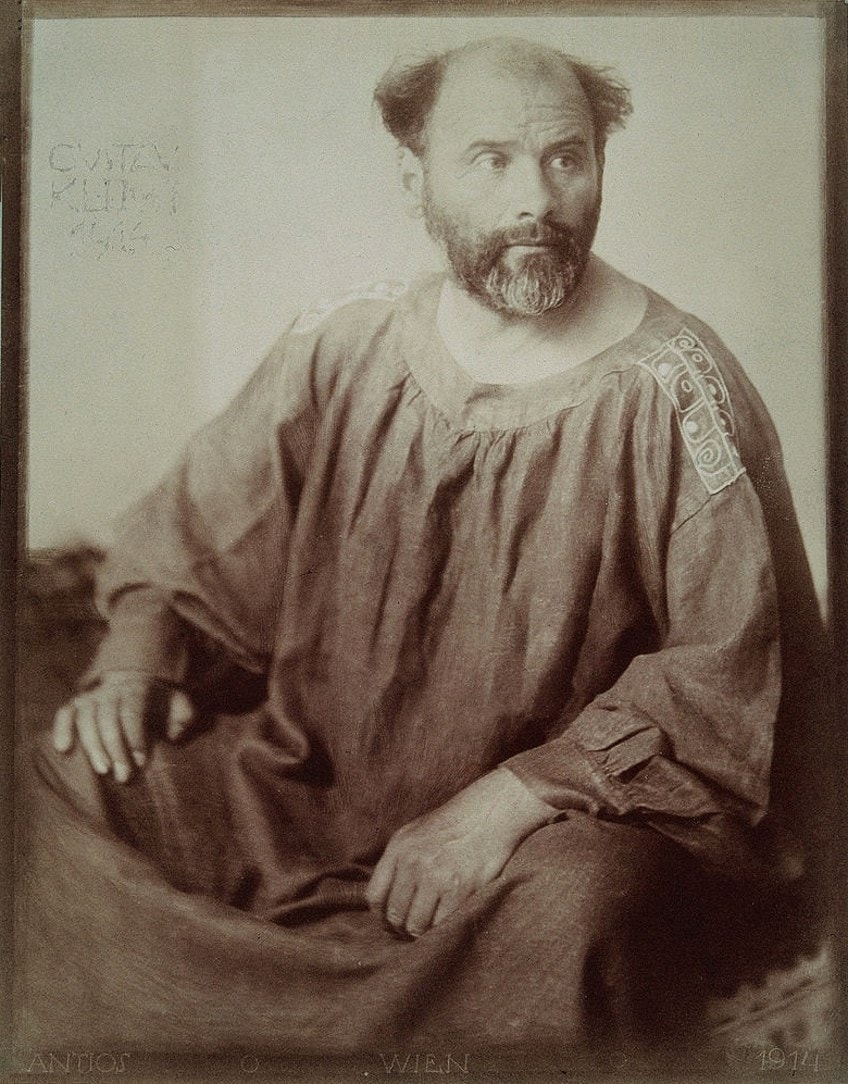
These painters had had it with popular art and were sick of gazing at and painting realistic situations in the same way as previous generations. They want something new. They, like Klimt, intended to employ symbols in their work. Klimt became a member of this group of painters and began to experiment with this new style of painting.
He started painting more women’s portraits, but he also painted landscapes.
Klimt quit the Vienna Secession movement in 1908 and began working on a new form of painting with gold leaves. Klimt is well known today for these works. Applying small flecks of gold leaf to his paintings required a lot of time and a steady hand.
Concept of the Tree of Life, Stoclet Frieze
Tree of Life, Stoclet Frieze is a symbolist artwork. It was produced in 1909 and is a symbolic artwork in the Art Nouveau style. It is on display in Vienna’s Museum of Applied Arts. The piece is an idea for a series of three mosaics created by Klimt between the years 1905 and 1911 for a contracted project at the Palais Stoclet located in Brussels, Belgium. The murals, which depict spinning Trees of Life, a rising feminine form, and entwined lovers, were created by the painter during his late works era. They adorn three sides of the Palais’ dining area, as well as two figural portions that face each other.
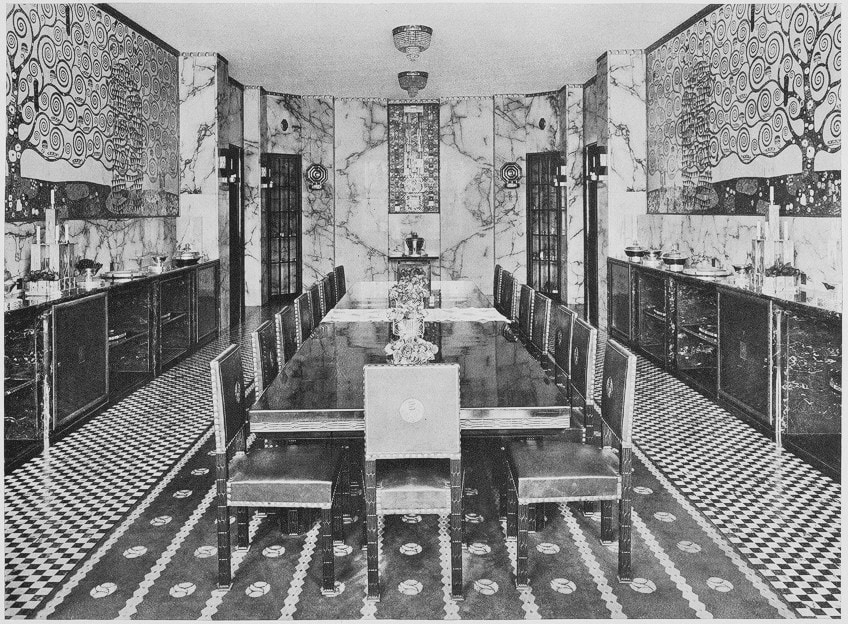
Gustav Klimt’s painting depicts the notion of the tree of life in a powerful and creative way. The flowing branches conjure up mythical imagery, alluding to life’s inexorable continuation. The branches twist, twirl, swirl, spiral, and undulate, forming a tangle of powerful branches, lengthy vines, and delicate threads, expressing the intricacy of life. The tree of life, with its limbs reaching for the sky, roots into the land beneath it, providing a link between earth and heaven, a metaphor that many civilizations, religions, and philosophies used to describe the notion of the tree of life.
Klimt’s depiction of the tree of life also establishes a link with the underworld, symbolizing the final determinism that governs each living thing that is born, flourishes, and finally returns to the soil.

While many people see Gustav Klimt’s The Tree of Life, Stoclet Frieze as a sign of oneness, others see it as a manifestation of patriarchal and feminine power. Sustenance, care, and growth are symbolized by the feminine in the picture, whilst the male is represented by phallic symbols. Life is born from this unique connection.
Others believe the artwork represents the coming together of man’s greatest virtues: power, intelligence, and beauty.
The tree straining for the sky is a metaphor for man’s never-ending desire to grow, even while his roots remain firmly planted on the ground. One of the most appealing aspects of The Tree of Life, Stoclet Frieze is that it encourages the observer to spend more time enjoying the artwork and deciphering its implications. While the artist depicts a mystical world with a plethora of symbols, gold paint, and other opulent methods, the presence of a solitary blackbird pulls the viewer’s attention to the painting’s center. Because blackbirds have been regarded as an emblem of death by many civilizations, the blackbird acts as a warning that all that has a start also has an end.
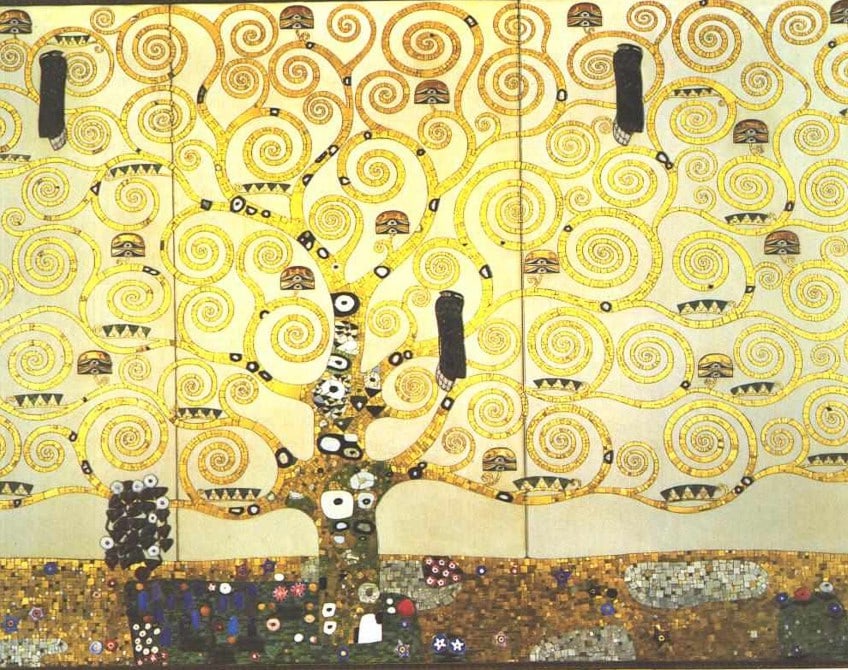
Today we have explored the “Tree of Life” painting. The Tree of Life is an ancient concept dating back to antiquity. It is a symbolic picture that links life and death, as well as heaven and earth. The tree’s roots grow underground, in the domain of the underworld. The stem then bursts through the soil and ascends to the heavens. As the link to the skies, the top tree branches coil, twist, and interweave. As a result, the Tree of Life reflects both the continuity of life and its intricacies. It connects all aspects of life. Klimt takes this link even further by employing a flattened manner and design elements that encircle the entire area.
Take a look at our Tree of Life painting webstory here!
Frequently Asked Questions
Who Was Gustav Klimt?
Gustav Klimt was an Austrian artist who was interested in art’s ornamental characteristics. He was one of the founding members of the Vienna Secession in 1897, a group of painters. They resisted orthodox academic art in favor of more attractive surfaces and innovative concepts for the future century. Klimt’s paintings were noted for their profound symbolism and sensual imagery. He became one of the most important painters of the Vienna Secession, and was considered scandalous at times and lauded at others.
What Did the Tree of Life Symbolize?
The Tree of Life is a time-honored idea that dates back to antiquity. It’s a symbol that connects death and life, as well as earth and heaven. The roots of the tree grow underground, in the realm of the underworld. After that, the stem bursts through the dirt and ascends to the skies. The upper tree branches wrap, twist, and intertwine like a link to the heavens. As a consequence, the Tree of Existence symbolizes both the continuity and complexities of life. It binds together all areas of existence. Klimt expands on this connection by adopting a flattened style and design elements that encompass the entire region.
Alicia du Plessis is a multidisciplinary writer. She completed her Bachelor of Arts degree, majoring in Art History and Classical Civilization, as well as two Honors, namely, in Art History and Education and Development, at the University of KwaZulu-Natal, South Africa. For her main Honors project in Art History, she explored perceptions of the San Bushmen’s identity and the concept of the “Other”. She has also looked at the use of photography in art and how it has been used to portray people’s lives.
Alicia’s other areas of interest in Art History include the process of writing about Art History and how to analyze paintings. Some of her favorite art movements include Impressionism and German Expressionism. She is yet to complete her Masters in Art History (she would like to do this abroad in Europe) having given it some time to first develop more professional experience with the interest to one day lecture it too.
Alicia has been working for artincontext.com since 2021 as an author and art history expert. She has specialized in painting analysis and is covering most of our painting analysis.
Learn more about Alicia du Plessis and the Art in Context Team.
Cite this Article
Alicia, du Plessis, ““Tree of Life” by Gustav Klimt – Looking at the Famous Stoclet Frieze.” Art in Context. May 5, 2022. URL: https://artincontext.org/tree-of-life-by-gustav-klimt/
du Plessis, A. (2022, 5 May). “Tree of Life” by Gustav Klimt – Looking at the Famous Stoclet Frieze. Art in Context. https://artincontext.org/tree-of-life-by-gustav-klimt/
du Plessis, Alicia. ““Tree of Life” by Gustav Klimt – Looking at the Famous Stoclet Frieze.” Art in Context, May 5, 2022. https://artincontext.org/tree-of-life-by-gustav-klimt/.


